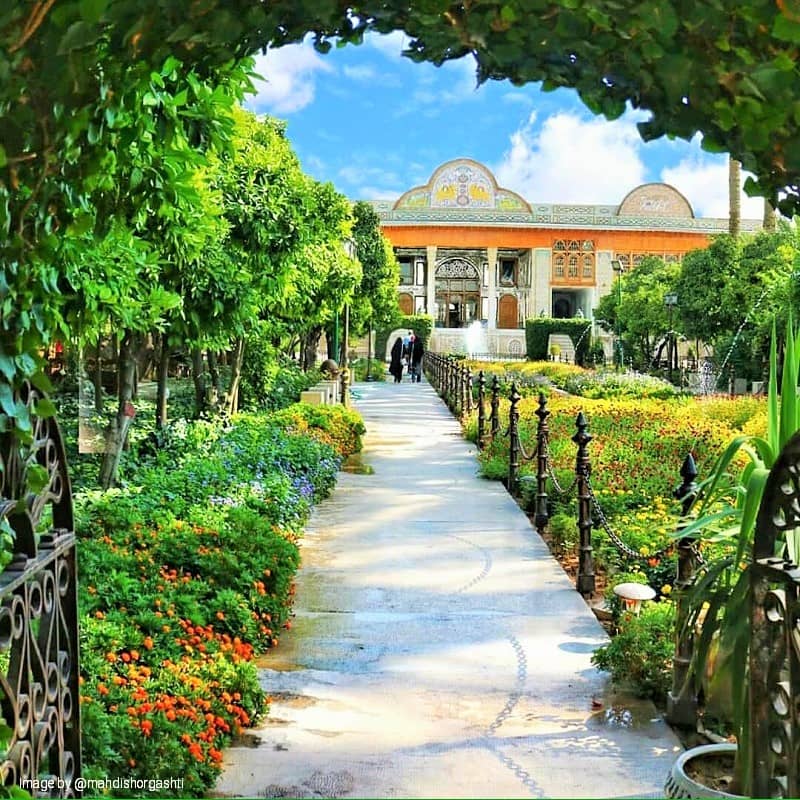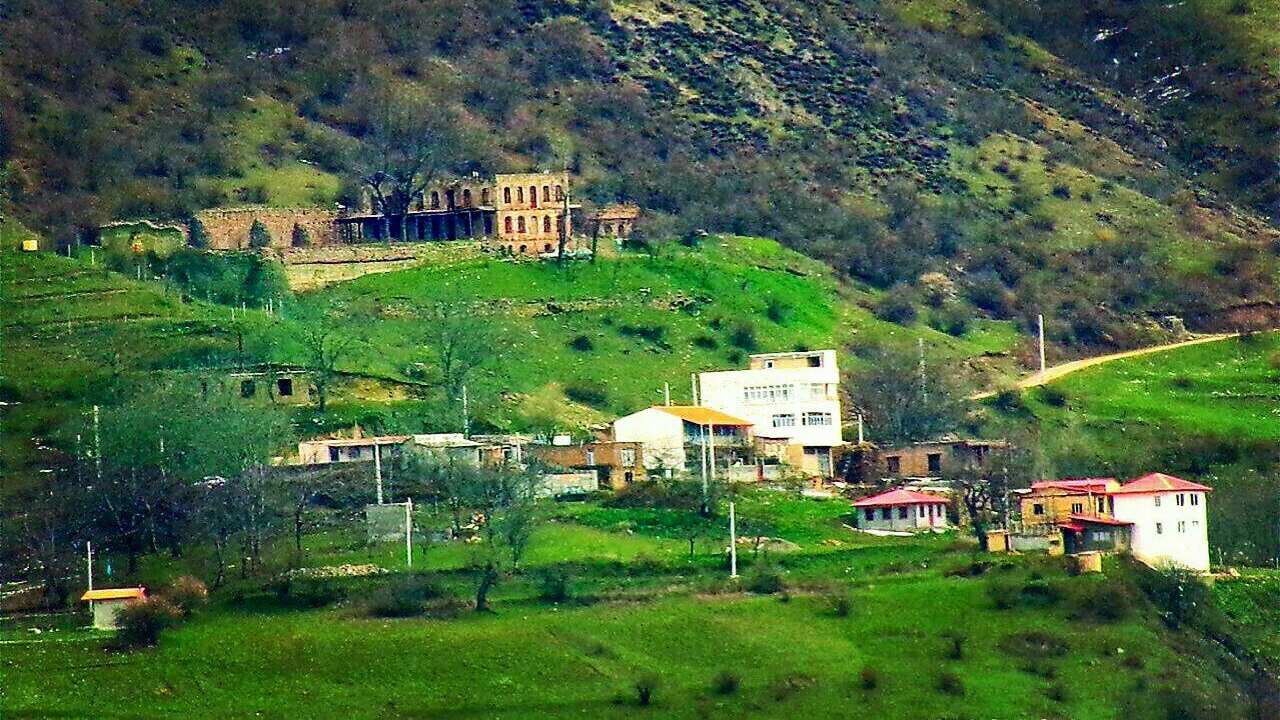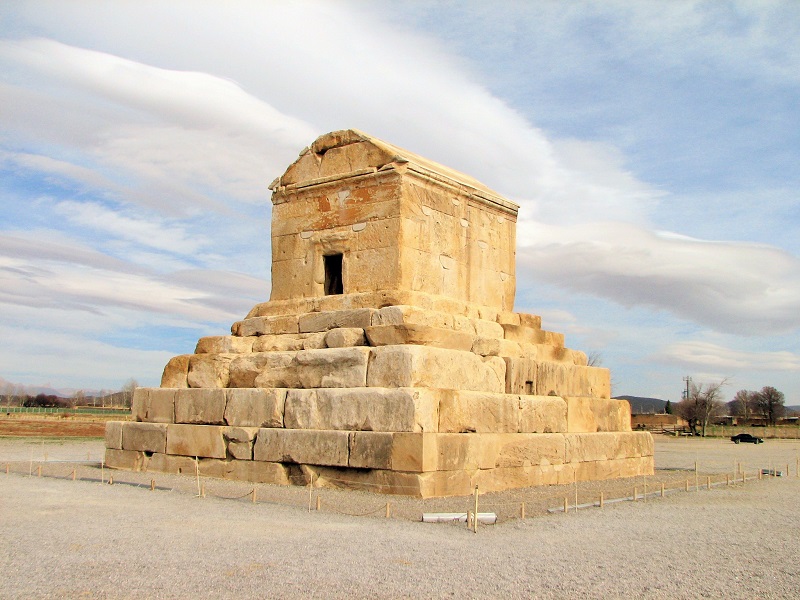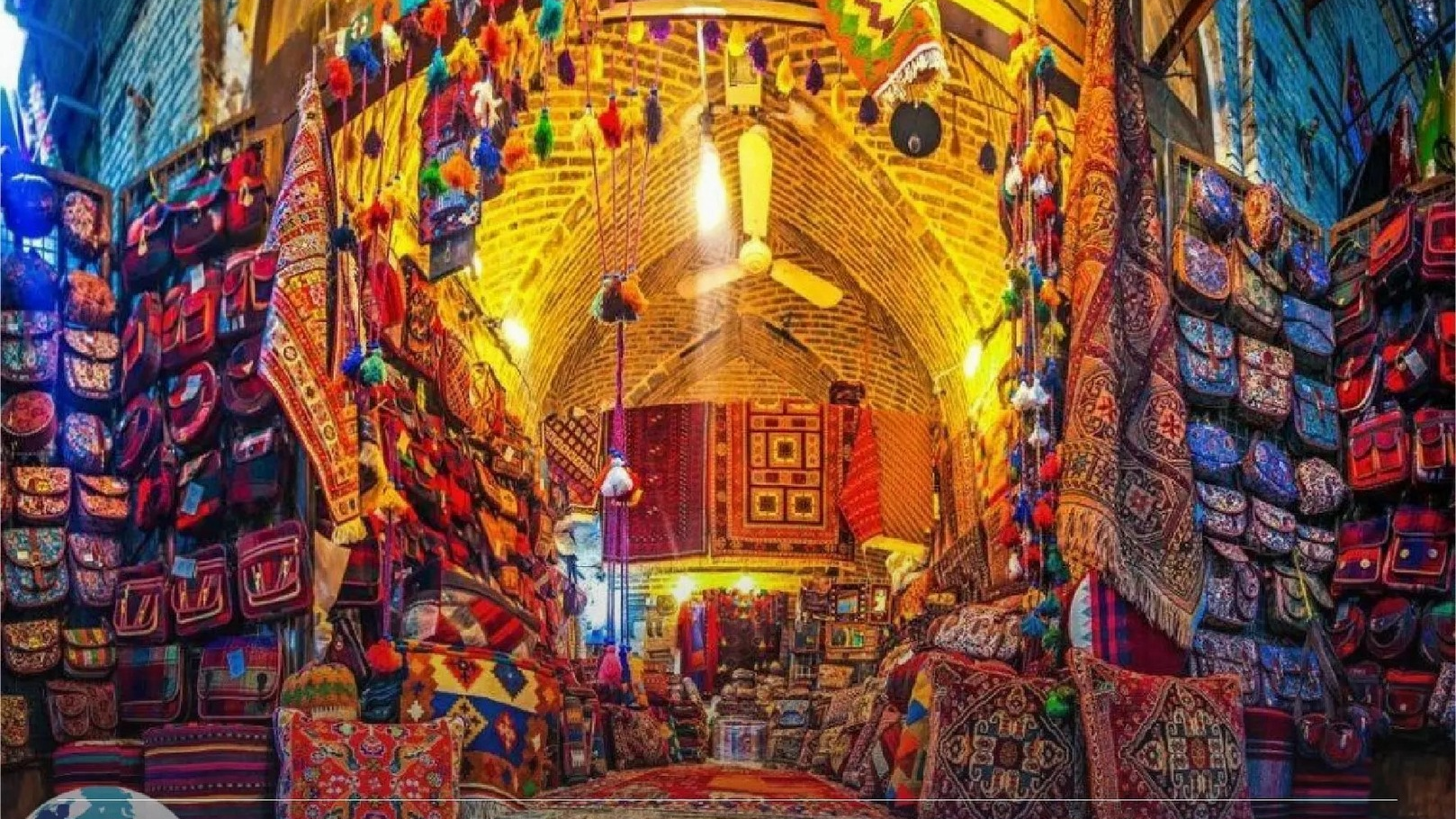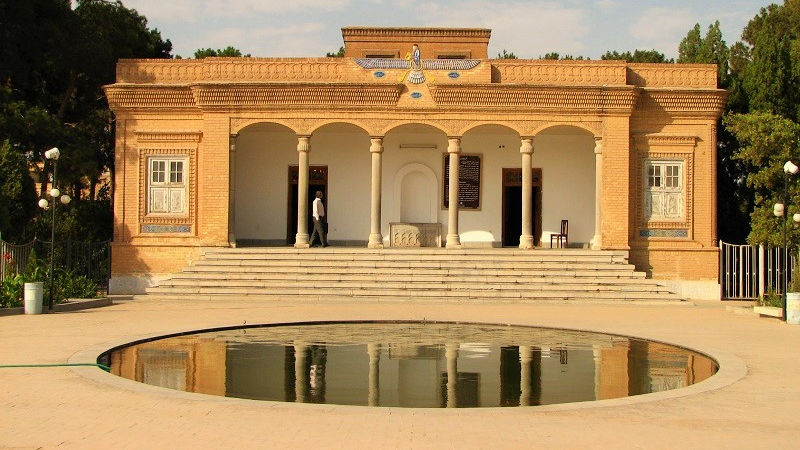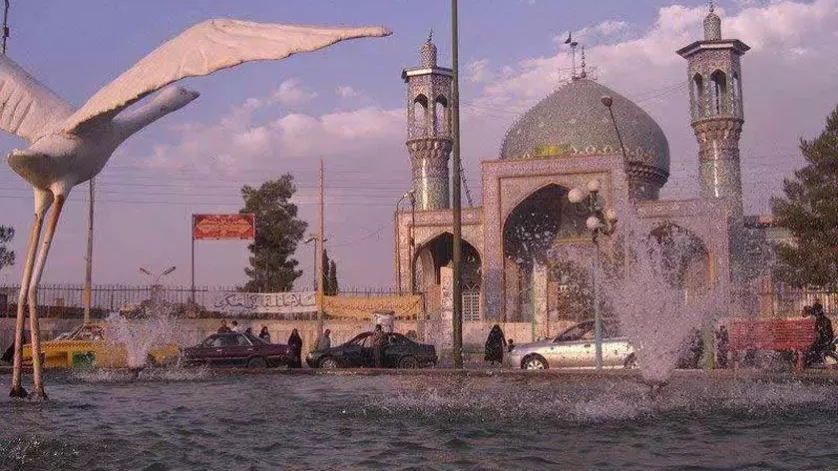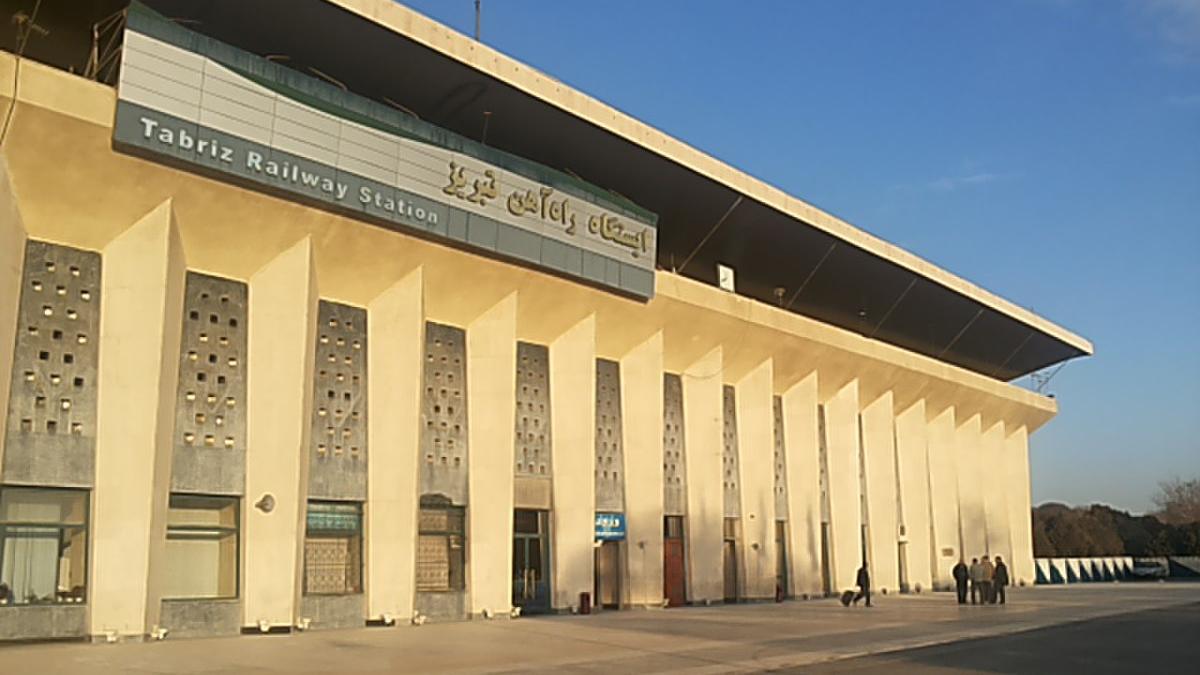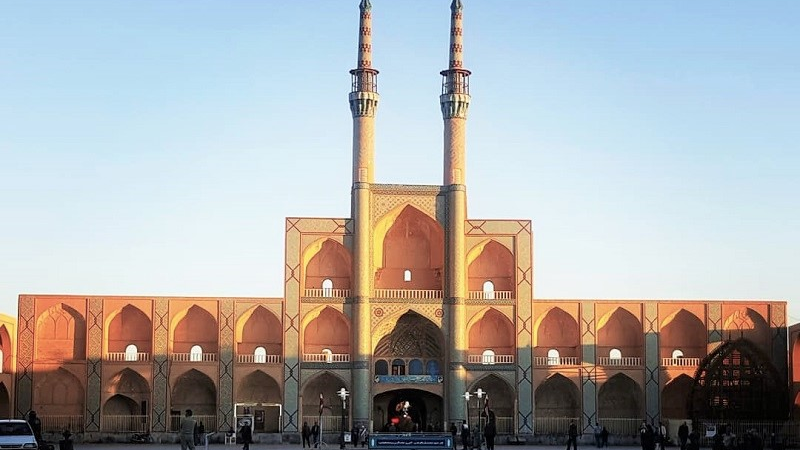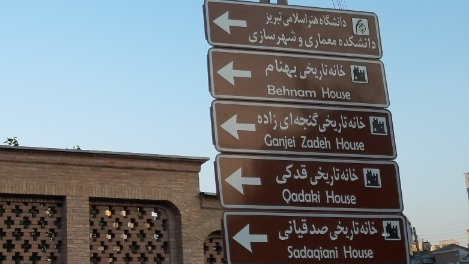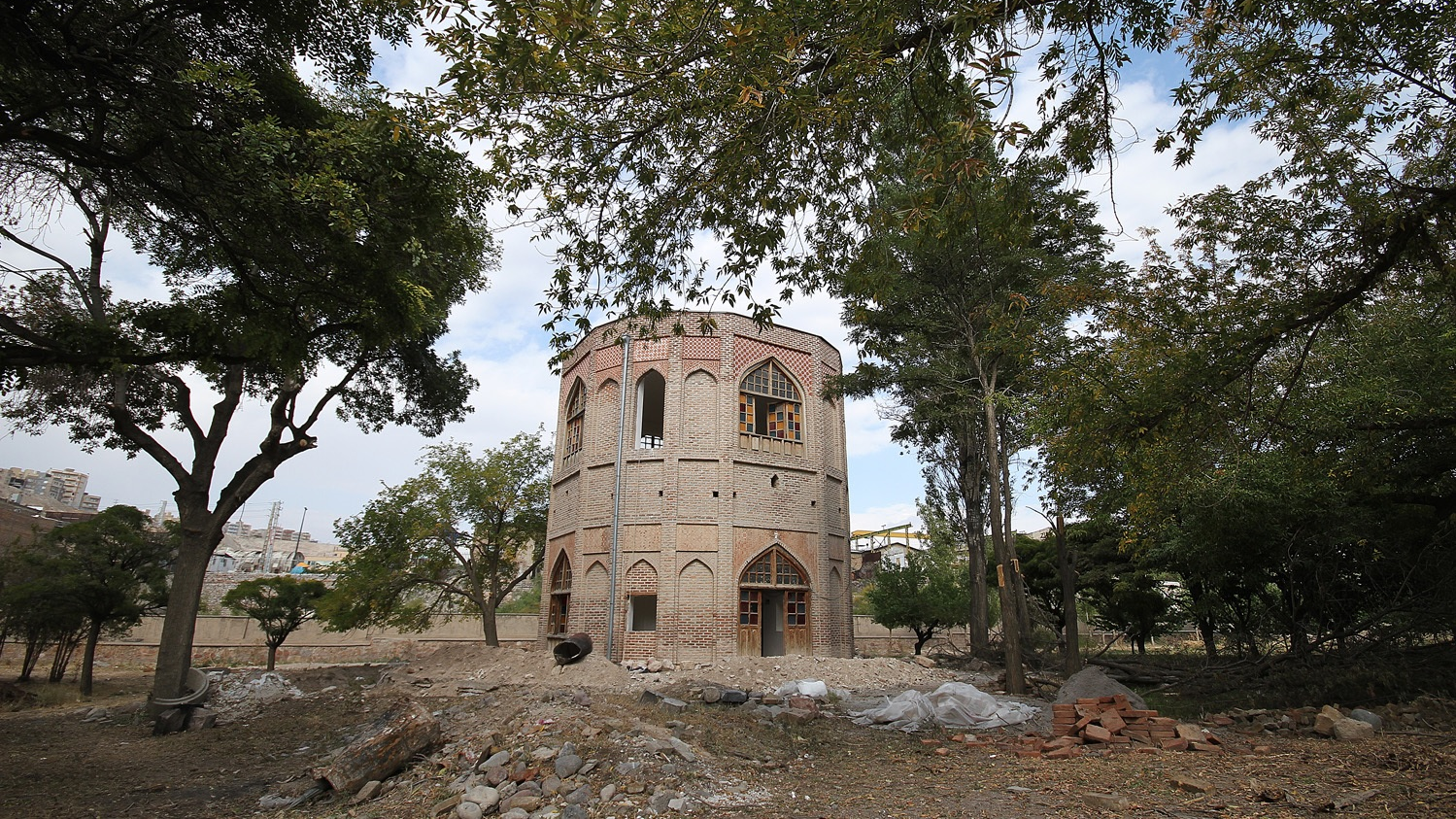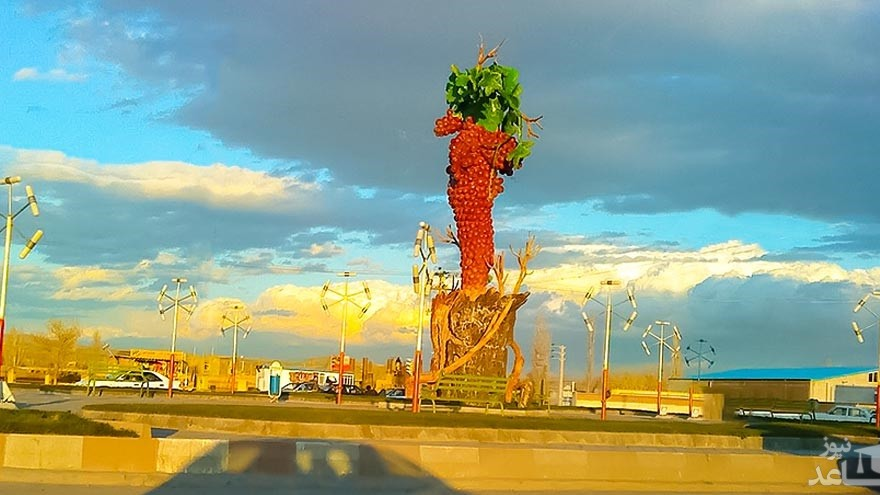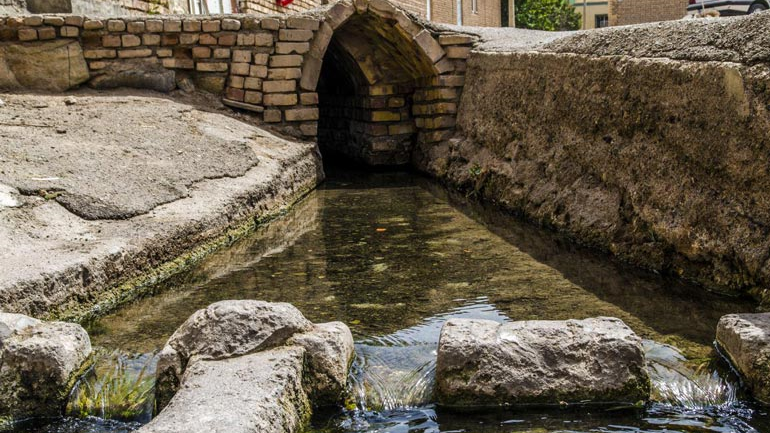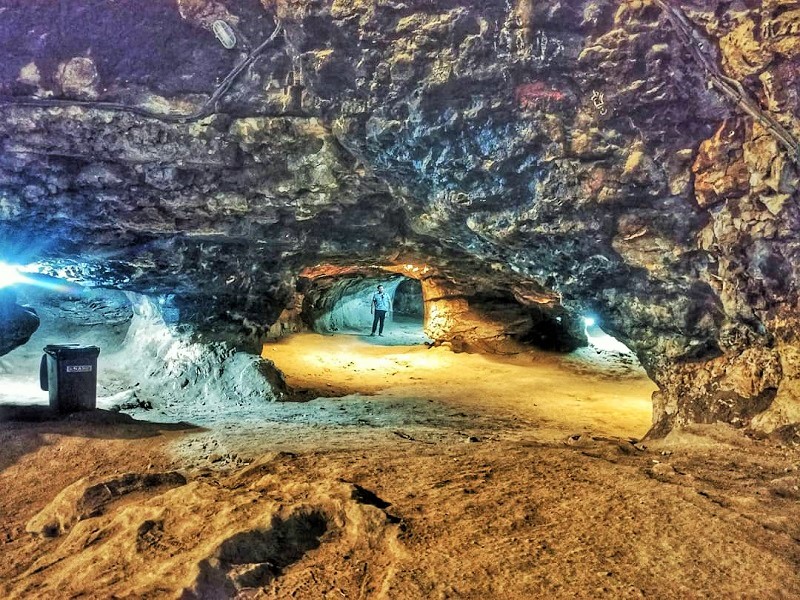
Eish-e Ala Mountain of Abarkuh
Mount Eish-e Ala, which is located six kilometers north of Abarkuh City and 140 kilometers from Yazd, is one of the natural habitats of Yazd Province. As one of the protected and hunting-prohibited areas, this place is one of the areas where significant animal and plant species live. The two villages of Ahmadabad and Firuzabad are the closest human settlements to this area.
Features of the Mount Eish-e Ala Region of Abarkuh
Like other regions of Yazd Province, the city of Abarkuh and the Mount Eish-e Ala and Kaffeh-ye Taqestan region of this city have a hot and dry climate. The size of this area is slightly more than 110 thousand hectares and it is between 1475 and 2377 meters above sea level. The uneven structure of this region consists of mountains and plains where different types of medicinal and other plants grow.
The annual rainfall of this area is about 50 mm and most of this rainfall occurs in winter and early spring. The air is dry in this region in such a way that the relative humidity of the air is less than 15%. Due to the high evaporation of water and soil salinity, there is no possibility of agricultural activities in the Mount Eish-e Ala region. There is almost no surface water flowing in this area and its water is obtained through some springs and wells. Certain water reservoirs have been created for the use of native animals in the region in recent years, which helps to supply water to the region.
Flora and Fauna of Mount Eish-e Ala Region
Plains comprise most of the area of Mount Eish-e Ala Region and for this reason, various plant species can be found in it, which have adapted well to the hot and dry nature of this region, which receives very little rainfall. “Asteraceae” is the dominant plant species of this region, and even though it is known as a native species of western North America, some species of this plant also grow in Iran. The other plant species found in Mount Eish-e Ala Region include Zygophyllum, Milkvetch, Asafoetida, fig, mountain almond, and Gymnocarpos.
Soda rosmarinus and Gaz species are also seen in the Taqestan region. The reason for naming this area with this name was the abundance of the “Tagh” (Haloxylon) plant, which grows abundantly in the desert regions of Iran due to its high resistance to drought and heat. The complex and extensive root system of this plant facilitates its access to limited water resources in the desert. In the last few decades, the cultivation of the Tagh plant has been considered one of the natural measures to stabilize sand dunes and prevent the expansion of the desert in Iran.
Some species of zebra, wildebeest, and deer live in this area, among which deer are very rare. Goats, rams, sheep, wolves, and foxes can also be seen in this area.
The Kaffeh-ye Taqestan area and the fields around it have provided a habitat for a special species of bird called “Hubarah” (Bustard), which is a relatively large bird with long legs and neck and a short and strong beak. One of the interesting features of this bird is its defense system when facing birds of prey.
It has been observed that when this bird is attacked by a bird of prey, it shoots its excrement like a bomb at the attacker. In case of contact with an attacking bird, the sticky droppings of Bustard will cause the feathers and wings to stick together and cause the bird to deviate and fall. Because of this characteristic, Bustard is also called as the “bomber bird” in the region. Due to the abundance of this bird in Yazd Province, it is considered the symbol of this province which is called “charz” in the local dialect.
The other fauna that have been seen in the Mount Aish-e-Ala region include Endemic, yellow raven, wheat grouse black-bellied grouse, rock doves, golden eagles, red-nosed crows, and white wagtail.
In spite of its dry and rough nature, the Mount Eish-e Ala and Kaffeh-ye Taqestan region of Abarkuh City hosts a significant number of plant and animal species.
| Name | Eish-e Ala Mountain of Abarkuh |
| Country | Iran |
| State | Yazd |
| City | Abarkuh |
| Type | Natural |
| Registration | No registration |
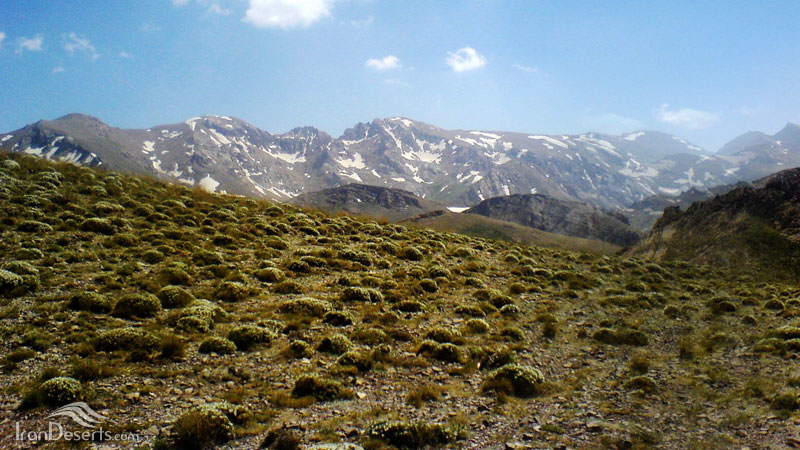
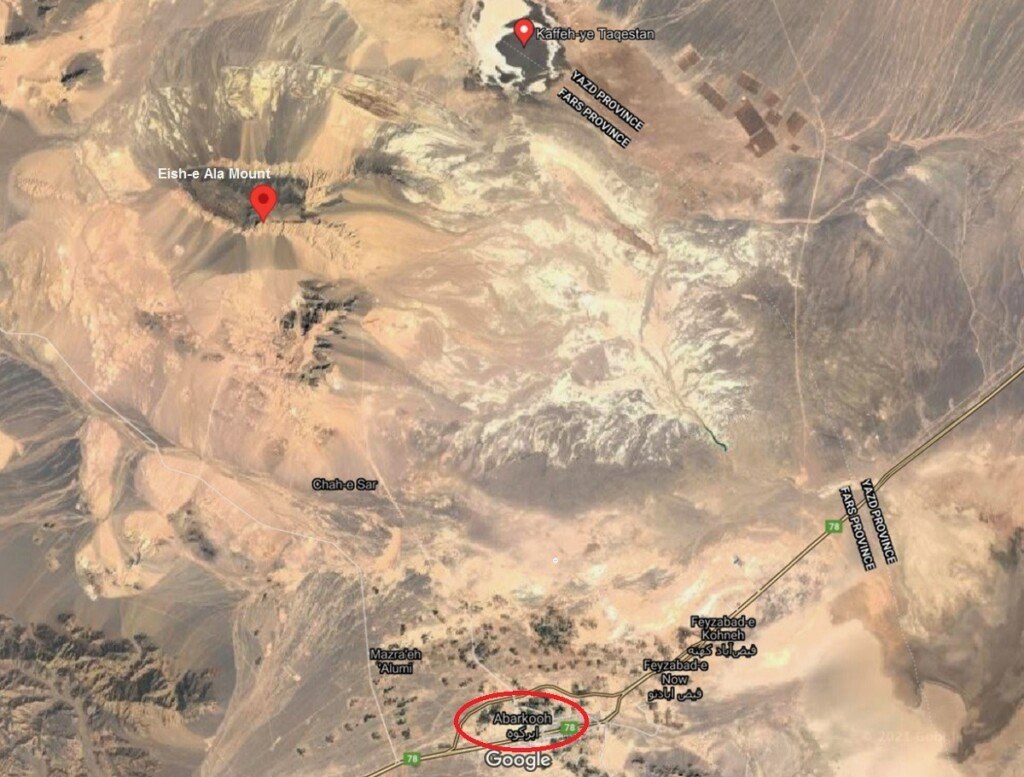


Choose blindless
Red blindless Green blindless Blue blindless Red hard to see Green hard to see Blue hard to see Monochrome Special MonochromeFont size change:
Change word spacing:
Change line height:
Change mouse type:

